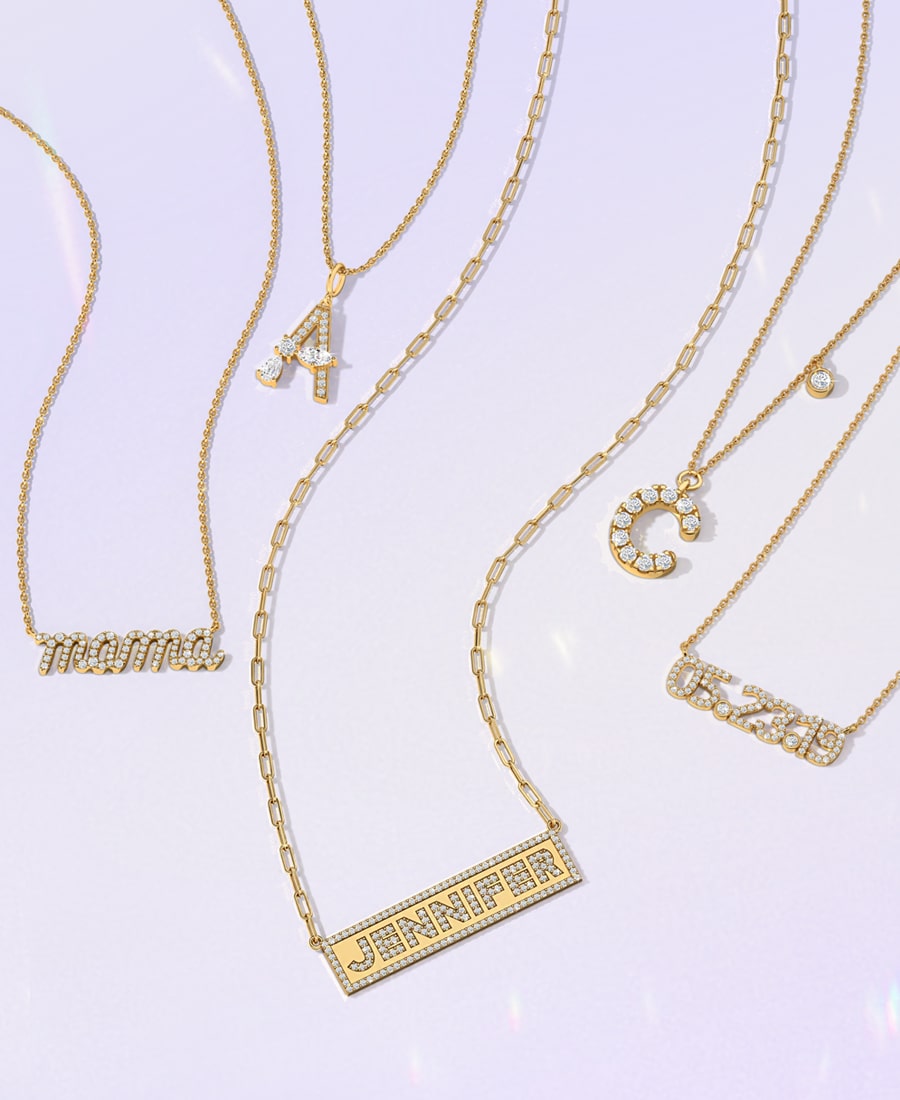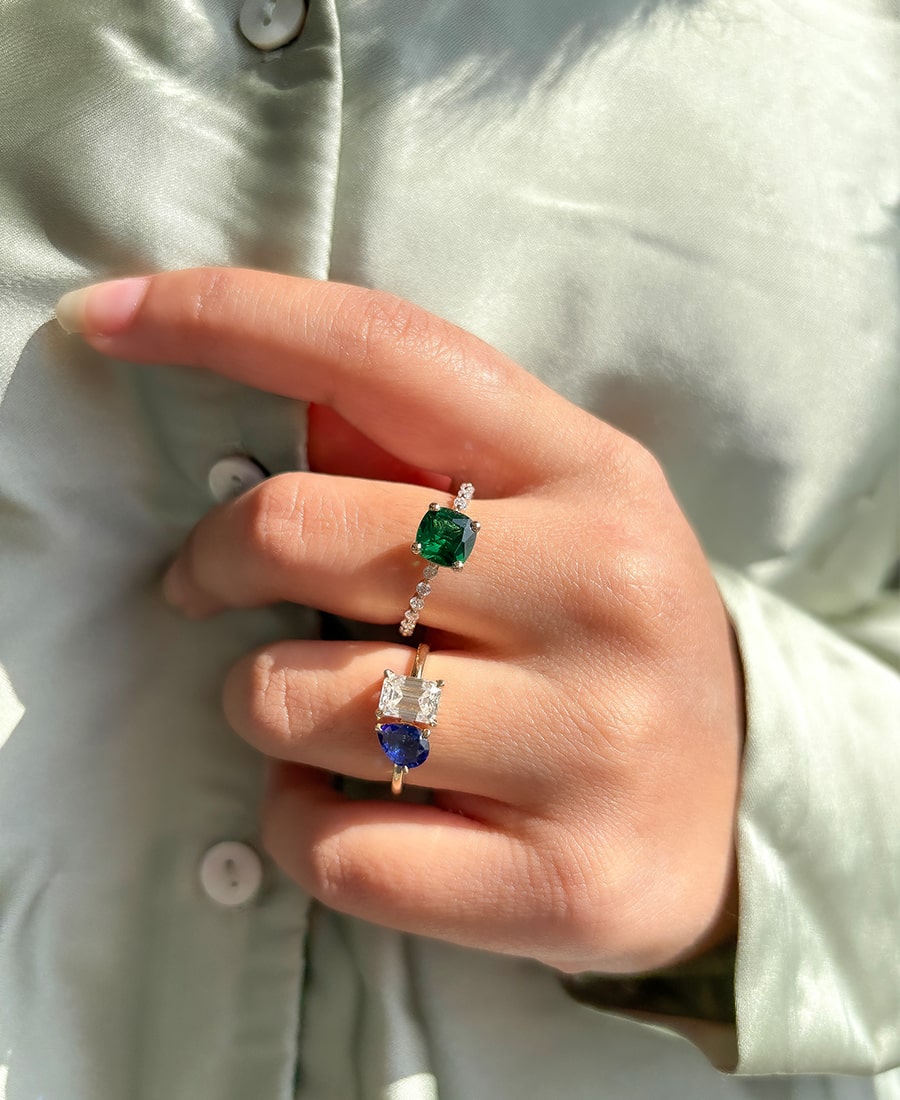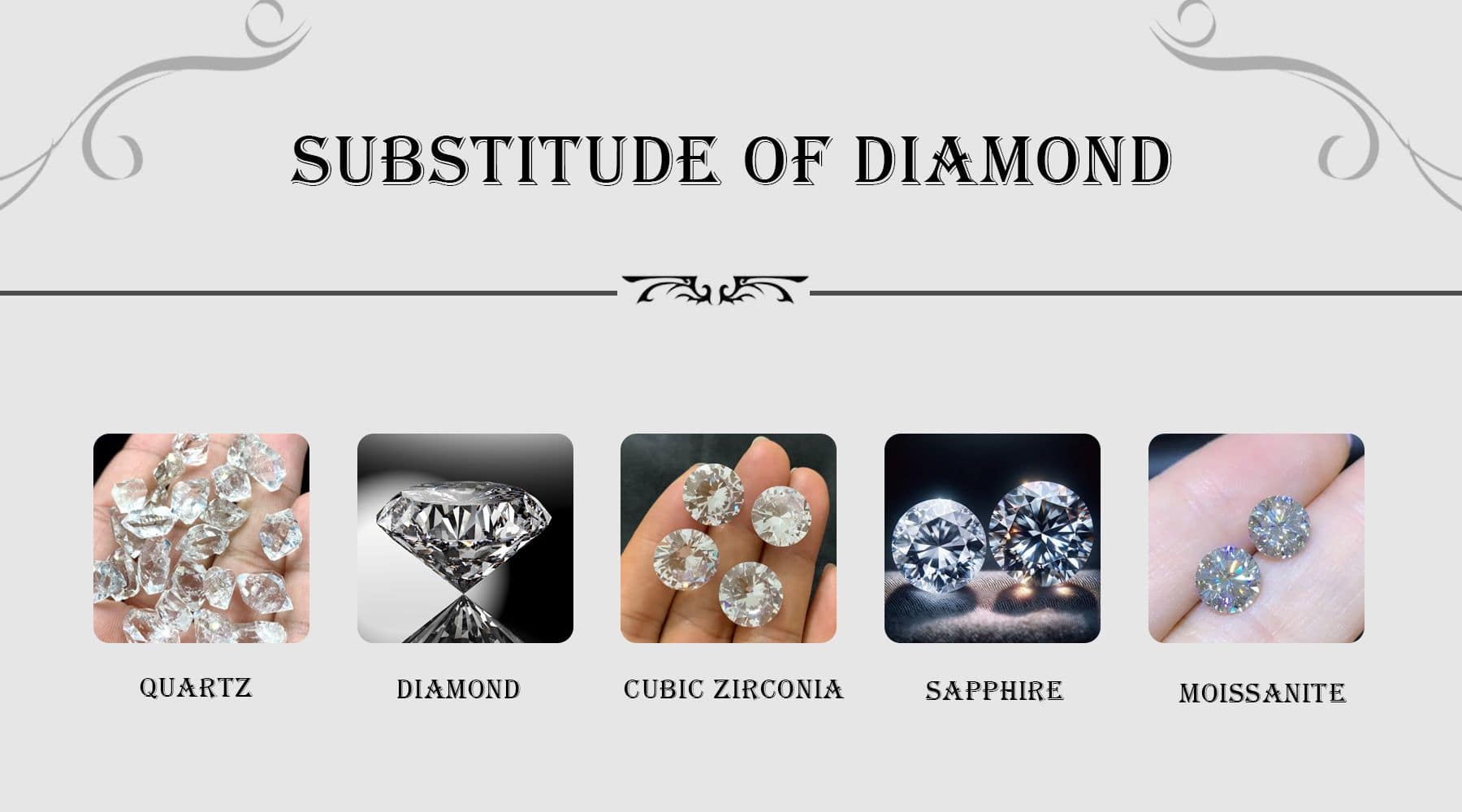
What is the difference between composite diamonds and real diamonds?
Diamonds are special and beautiful, but not every set of diamonds is popular among the people. Every diamond has a special story. You can find various regions of the Globe favoring various types of diamonds. Some set of people prefer real diamonds. On the other hand, some prefer composite diamonds. Both of these have their own specialties and uniqueness.
Ever since the discovery of composite diamonds or artificial diamonds in the market, one might be wondering whether they are real diamonds or not. In this article, we’ll bring all of these to your understanding: differences, comparison with each other, as well as the merits and demerits each type comes with. Once you complete this reading, you will understand what is perfect for your needs. Let’s get started without any delay.
Key Takeaways
|
What is a Composite Diamond?
A composite diamond is a large set of diamonds crafted out of several smaller diamonds or other materials that imitate diamonds. These small pieces are put in a specific manner or design pattern to form a single stone that appears larger than its size. This can be an amazing choice for those customers who want a gorgeous and bold jewelry piece. Due to the large size, this can easily become the cornerstone of your outlook.
In some cases, the ‘pad’ that makes up the composite diamond may include material of a lesser status, such as cubic zirconia (CZ) or some man-made gemstone that imitates a diamond. The perfect combination of beautiful gems can create an ethereal feel, giving total life to your jewelry and outfits.
Pros of Composite Diamonds:
- Affordability: Composite diamonds are relatively cheaper than real or natural diamonds. This is because they will use small stones or imitation materials to get a large appearance when, in fact, they are very expensive.
- Variety: It can be pink or blue, as the case may be, or it can be uniquely designed. Hence, they are preferred for different styles, making them enjoyable. The styles and colors can be of a wide range, giving a huge collection of options to the people.
- Durability: Some composite diamonds may be more robust than natural diamonds since some are treated synthetically with special agents that make them harder.
Cons of Composite Diamonds:
- Less Sparkle: It is worth noting that composite diamonds are not as shiny as real diamonds. They may not be as eye-popping as natural diamonds.
- Durability Issues: Due to an amazing manufacturing process, these composite diamonds are actually stronger than real diamonds. But then again, these composite diamonds may actually chip off or break more easily than actual diamonds.
- Not as Valuable: Some individuals do not regard composite diamonds as real because they are assembled from several smaller stones or other materials.
What is a Real Diamond?
A real diamond is made from one hundred percent carbon and occurs through the process of creation in the interior of the planet that lasts billions of years. It is a combination of natural beauty, their scarcity, and the circumstances under which they appear. Real diamonds have a shine and glitter that most people imagine in a gemstone.
Pros of Real Diamonds:
- High Value: Natural diamonds are valuable, and they are also considered an investment. They often increase in value over time.
- Unique Sparkle: Real diamonds shine brightly and reflect light beautifully, giving them a special sparkle.
- Longevity: Real diamonds are very tough. They are the hardest natural material, so they don't scratch easily.
Cons of Real Diamonds:
- Expensive: Real diamonds can be very pricey, especially if they are large or high quality.
- Limited Colors: Most real diamonds are white or yellow. Colored diamonds are rare and costly.
- Ethical Concerns: Some people worry about the environmental and worker issues caused by diamond mining. This has led many to consider lab-grown diamonds.
Main Differences Between Composite Diamonds and Real Diamonds
|
Real Diamonds |
Lab-Grown Diamonds |
|
Shine brightly and reflect light well. |
Shine similarly to real diamonds. |
|
Very hard and resist scratching. |
Also hard and durable. |
|
Often very expensive. |
Generally cheaper. |
|
Mostly white or yellow. |
Available in many colors. |
|
Mining can harm the environment and workers. |
More eco-friendly and ethical. |
|
Natural and rare. |
Man-made and more common. |
Conclusion
Diamonds come in two main types: real and composite. Real diamonds are natural and very old. They are valuable, very hard, and shine brightly. However, they can be expensive and mostly come in white or yellow. There are also concerns about the impact of diamond mining.
When you are looking to purchase diamonds, you can try online shopping. For this, you can try out our online store, Earth Shine Jewels. With innovative designs and careful crafting, you will be able to grab the best diamond jewelry pieces.
Composite diamonds are made from small stones or imitation materials. They are usually cheaper and come in many colors and designs. They can look nice but may not shine as much as real diamonds. They can also be less durable and don’t hold the same value.
In short, choose real diamonds for their value and sparkle. Opt for composite diamonds if you want something affordable and colorful. Knowing these differences will help you pick the right diamond for you.






